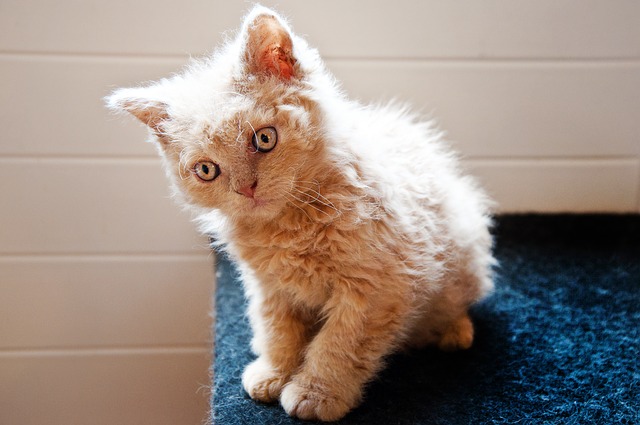In some traditions, concentration is seen as separate from but essential to mindfulness. Concentration is described as “one-pointed focus” or bringing our attention to a single focus in a unified way. Concentration is thus viewed as the servant and enabler of mindful awareness – both inner and outer awareness. Jon Kabat-Zinn maintains that “concentration is a cornerstone of mindfulness practice” and that as we cultivate our concentration we increase our capacity for mindfulness – becoming fully aware in the moment.
Cultivating concentration through meditation
Diana Winston in a guided meditation on Cultivating Concentration offers four breath-based meditation practices that can build concentration and enable us to stop our minds floating in multiple directions as random thoughts assail us. While we are naturally able to concentrate to achieve a task (e.g. write a business plan, read a blog post, carry on a conversation), we have lost the art of single-minded focus owing to the level of distraction that surrounds us at any point in time. Jon Kabat-Zinn, for example, maintains that we are “perpetually self-distracting”.
Diana suggests that some simple meditation practices can cultivate our concentration, and through repetition, develop the capacity to maintain our concentration over longer periods of time. She drew on research conducted at UCLA that demonstrated that adolescents and adults with ADHD who persisted with meditation practice over eight weeks, improved their ability to maintain their focus, even when there were many things competing for their attention.
Meditation practices to cultivate concentration
- feeling the breath – concentrating on the act of breathing by focusing on where in your body you experience your breathing. For example, this could involve focusing on your breathing as you feel it in your nose, abdomen or chest. This requires focused attention on the breath, not attempting to control it.
- naming the act of breathing – here you concentrate on your breathing, and as you do so, describe what is happening, “breath in, breath out”, “chest rising, chest falling”. This focuses your mind on what is happening in your body as your breathe.
- counting your breaths – as you breathe, count each breath. Diana suggests that you count 1 to 10 and then begin again. Whenever, your mind wanders from counting your breaths, she encourages you to start your count again. As an alternative to the ten count, you can adopt the practice of counting to 50, as proposed in the “awareness-focus-loop” approach.
- using the gap – there is a natural gap between your “in” and “out” breath that you can focus on. As you complete each “in” and “out” breath, take your focus to a part of your body (e.g. your hands or feet) before you begin the next breath. This process can serve to reinforce that part of your body as an anchor for your mindfulness.
In each of these meditation exercises, it is important that you develop the capacity to return to your focus once a distracting thought intervenes. This strengthens your concentration power and increases your capacity to be mindful when undertaking any activity in your daily life.
We can grow in mindfulness by cultivating the power of our concentration through specifically targeted meditation practices that aim to develop the ability to sustain a single focus over an extended period of time. As our concentration power develops, our inner and outer awareness deepen and become richer and more life-enhancing.
____________________________________________
Image by athree23 from Pixabay
By Ron Passfield – Copyright (Creative Commons license, Attribution–Non Commercial–No Derivatives)
Disclosure: If you purchase a product through this site, I may earn a commission which will help to pay for the site, the associated Meetup group and the resources to support the blog.

